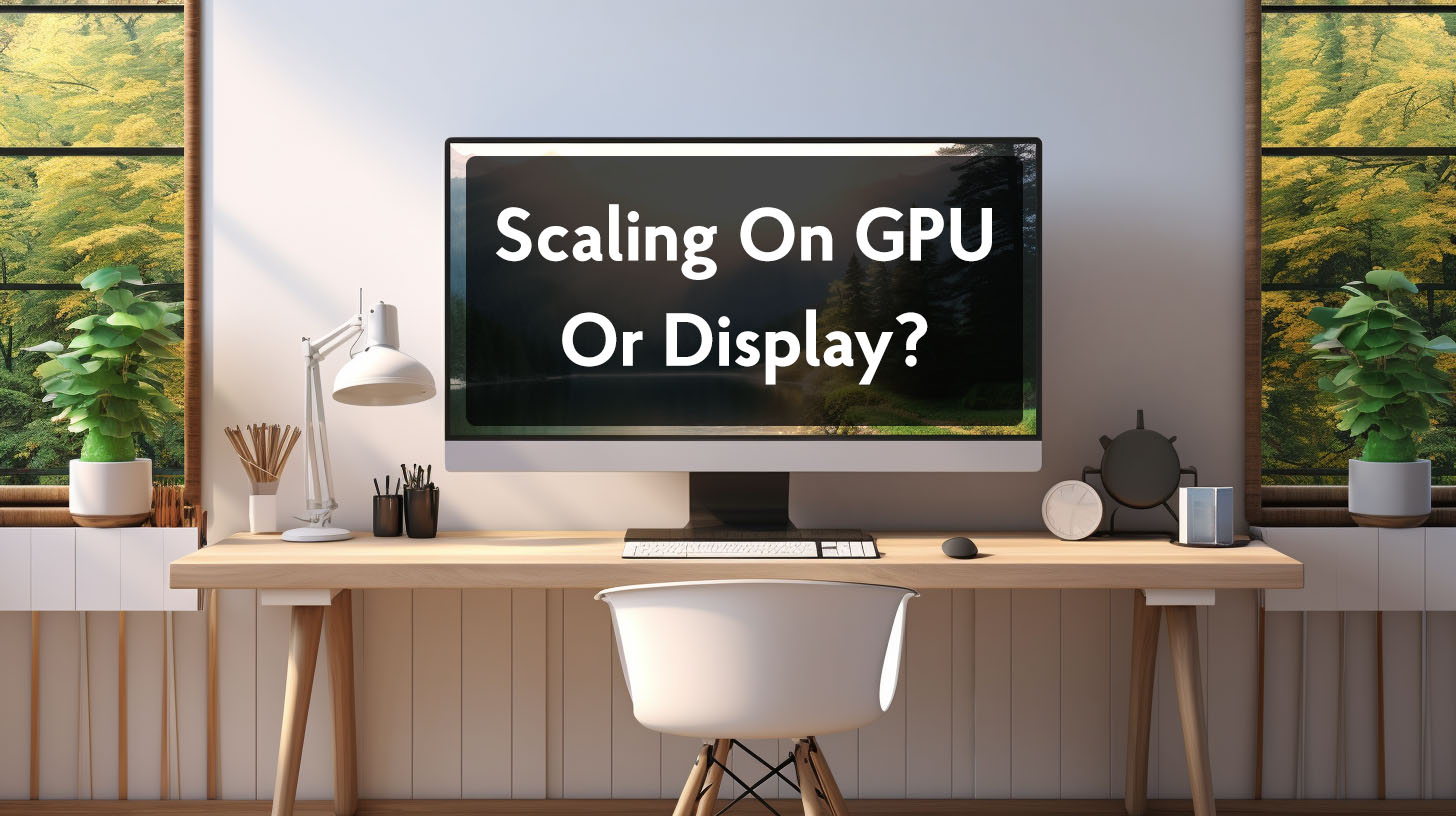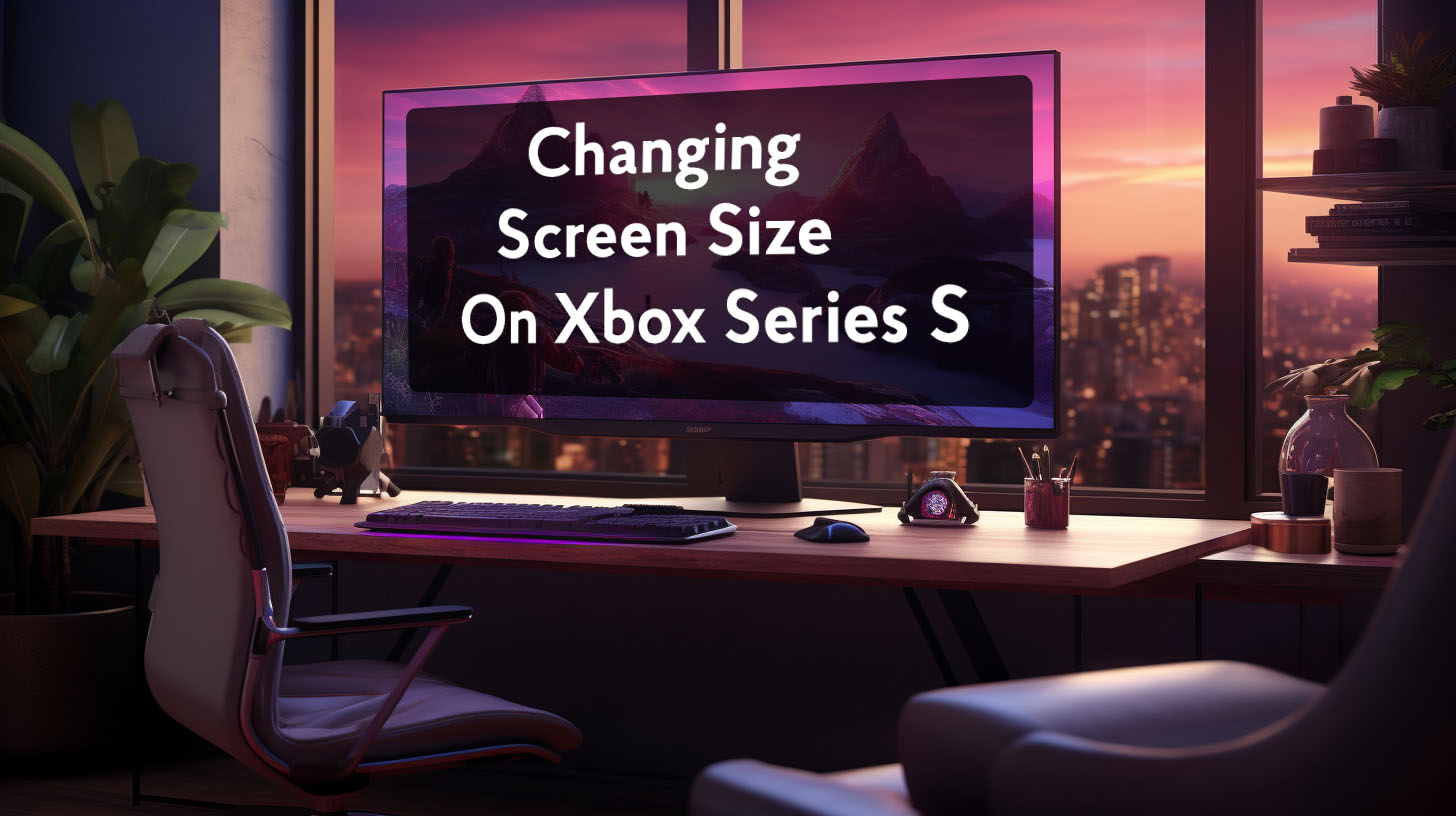With the rising popularity of high resolution gaming and media consumption, there is an increasing demand for higher refresh rates and resolutions. HDMI has evolved over the years to meet these needs, but navigating the differences between versions can be confusing. This article will provide an overview of HDMI’s progression and take a close look at whether HDMI 2.0 can support 1440p at 144Hz.
TL;DR: The technical specifications indicate that HDMI 2.0 can support 1440p resolution at 144Hz refresh rate. However, real-world usage reveals potential limitations and workarounds needed to achieve this combination.
Factors like GPU power, monitor capabilities, chroma subsampling, and device-specific restrictions can hamper HDMI 2.0’s maximum throughput. While possible in theory, HDMI 2.0 may struggle to deliver flawless 1440p 144Hz performance in all scenarios. For guaranteed compatibility at peak refresh rates, DisplayPort remains the safest choice.
The Evolution of HDMI
To understand HDMI 2.0’s capabilities, it helps to know how HDMI has advanced over time. HDMI was developed to replace older analog standards like VGA and DVI with a consolidated digital audio/video interface. Early versions of HDMI improved on analog connections by enabling higher resolutions, better color depth, and audio integration.
HDMI 1.4, released in 2009, was the first HDMI version to support 4K, but only at 24Hz. It could handle 1440p at 60Hz and 1080p up to 120Hz. Key features included Ethernet data channels, ARC for two-way communication, and 3D video support. Subsequent minor versions HDMI 1.4a and 1.4b added support for 3D formats and made small tweaks to protocols.
HDMI 2.0, launched in 2013, significantly increased bandwidth to 18Gbps. This enabled much higher resolutions and refresh rates like 4K at 60Hz, 1440p at 120Hz, and 1080p at 240Hz. It also introduced 12-bit color for billions of color variations, a major upgrade. In 2015, HDMI 2.0a added High Dynamic Range (HDR) capabilities. HDMI 2.0b then brought Hybrid Log Gamma HDR tailored for broadcasts.
HDMI 2.0 Capabilities
With its higher bandwidth, HDMI 2.0 unlocked a new tier of performance. But what exactly does it support and what are its limitations?
The bandwidth increased to 18Gbps, nearly double the 10.2Gbps of HDMI 1.4. This expanded data capacity enabled the jump to higher resolutions and frame rates like 4K 60Hz, 1440p 120Hz, and 1080p 240Hz. It also boosted color depth to 12-bit from 8-bit, allowing for billions more color variations and lifelike accuracy.
Other features include support for up to 32 audio channels at 1536kHz sample rates, enabling immersive sound like Dolby Atmos. It also delivered HDR and wider color gamuts for greater contrast and vivid images.
1440p 144Hz Over HDMI 2.0
HDMI 2.0 opens the door for 1440p gaming at 144Hz, but does it live up to expectations in the real world? There are some important factors to consider.
GPU capabilities play a big role. The GPU needs enough power to output high frame rates at 1440p. GeForce RTX 30 series and Radeon RX 6000 series cards can achieve this. Desktops also have a big advantage over laptops, since laptops using Nvidia Optimus can be limited in resolutions and refresh rates over HDMI.
Monitor specifications matter as well. The monitor must have a native 1440p resolution and HDMI 2.0 ports. DisplayPort is generally better for reaching the highest refresh rates. And you need the right HDMI cables, like certified Premium High Speed HDMI cables. Standard cables may not work properly.
The consensus is that while HDMI 2.0 can technically handle 1440p 144Hz, desktop users are more likely to have success achieving this combination compared to laptops.
For setting up your system, we recommend verifying your GPU, monitor, and cables are HDMI 2.0-compatible and spec’d for 1440p 144Hz. In Windows display settings, ensure your monitor is set to 144Hz after connecting via HDMI 2.0. Set in-game video settings to 1440p resolution and high frame rate caps. And use DisplayPort if you have issues with HDMI 2.0 hitting peak refresh rates.
With the right gear, HDMI 2.0 can deliver smooth 1440p gameplay at 144 fps. But limitations apply, making DisplayPort the safer choice for guaranteed max performance.
On Gaming Consoles
The Case of Xbox One X
Xbox One X also has HDMI limitations when connecting to 1440p 120Hz monitors. Owners have reported inability to enable 1440p 120Hz modes despite monitor support over HDMI. Workarounds do not work since the console OS restricts modes. This prevents features like variable refresh rate working properly, so DisplayPort may be required.
PlayStation 5 1440p Support
The new PS5 firmware adds 1440p output support to benefit monitors and some HDMI 2.0 TVs. It allows monitors to receive a native 1440p signal rather than downscaled 4K. On HDMI 2.0 TVs, it enables 4K 60Hz plus 1440p 120Hz without chroma subsampling.
However, limitations exist like the lack of VRR support at 1440p unlike Xbox. Certain displays still face issues, and downscaling from 4K can soften native 1440p games. The update is a worthwhile improvement overall, but lacks Xbox’s more robust feature set.
Limitations and Trade-offs
While HDMI 2.0 enables higher resolutions and refresh rates, it has some limitations and quality compromises.
G-Sync variable refresh rate technology works best through DisplayPort. G-Sync has limitations over HDMI. It does not work over HDMI 2.0 due to insufficient bandwidth for the extra data. Even with DisplayPort, laptop users may not get G-Sync due to switching between integrated and dedicated GPUs. Enabling G-Sync is a key reason gamers choose DisplayPort over HDMI for high refresh monitors.
Using chroma subsampling is required to achieve 4K 120Hz on HDMI 2.0b. This reduces color information and can degrade image quality. You may get 4K 120Hz by using 8-bit color with 4:2:0 subsampling, but this significantly trades off color accuracy just to hit a higher refresh rate, which may not be worth it. Fast motion video content with lots of color variation will show subsampling issues the most.
Conclusion
In summary, while HDMI 2.0 makes higher resolutions and refresh rates possible, compromises exist in real-world usage. DisplayPort remains the best option for uncompromised performance. HDMI 2.0 expands possibilities for high frame rate gaming but limitations around G-Sync, chroma subsampling, and console support persist. Understanding these nuances is key to picking the right connection type and setting realistic expectations when building a high refresh rate gaming setup.




